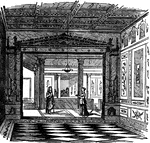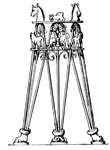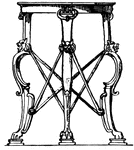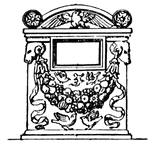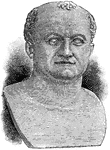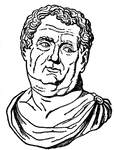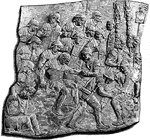This ClipArt gallery offers 396 images of the Roman Empire including culture, people, everyday life, coats of arms, and more. See also the Roman Coins, Roman Architecture, Roman Ornament, Roman Mythology, and Ancient Roman Musical Instruments ClipArt galleries.
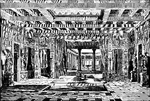
The Interior (Atrium and Peristylium) of Pansa's house at Pompeii, Restored
Illustration of a restored atrium and peristylium of the House of Pansa at Pompeii. The impluvium, pool,…

Toga
"Toga, a gown, the name of the principal outer garment worn by the romans, seems to have been received…
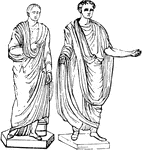
Roman Togas
"The following cuts represent, the first more ancient, and the second the later mode of wearing the…

Tormenta Within a Fortified Camp
"The romans had no knowledge of gunpowder, siege cannon, or field guns; but the place of modern artillery…

Gallic Torques
Gallic Torques were heavy necklaces of braided metal. Gauls carried their wealth in the form of Gold…

Relief of Trajan Column
"The column was originally surmounted by a colossal statue of Trajan (replaced in the seventh century…
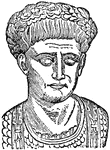
Marcus Trajan
The second of the so-called "Five Good Emperors" of the Roman Empire. Under his rule, the Empire reached…
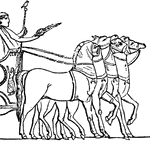
Triumphus
"Triumphus, a solemn procession, in which a victorious general entered the city in a chariot drawn by…
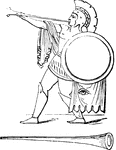
Roman trumpet
"There appears to have been no essential difference in form between Greek and Roman or Tyrrhenian trumpets.…
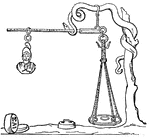
Trutina
"Trutina, a general term, including both libra, a balance, and statera, a steelyard. Payments were originally…
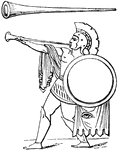
Tuba
"Tuba, a bronze trumpet, distinguished from the cornu by being straight, while the latter was curved.…

Tunica
"Tunica, an under-garment. Roman. The Tunica of the Romans, like the Greek chiton, was a woollen under…

Two Attendants, or Lictors, of a King or Consul
Lictors were guards of magistrates who carried fasces to show power to execute. Two men, one young,…
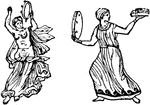
Tympanum
"Tympanum, a small drum carried in the hand. Of these, some resembled in all respects a modern tambourine…
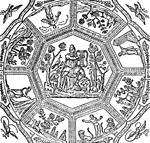
Vault
Painted vault from the Catacombs of St. Callixtus, Rome. In the centre Orpheus, to represent Christ…
Venatio
"Venatio, hunting was the name given among the Romans to an exhibition of wild beasts, which fought…
Venatio
"Venatio, hunting was the name given among the Romans to an exhibition of wild beasts, which fought…
Venatio
"Venatio, hunting was the name given among the Romans to an exhibition of wild beasts, which fought…

Vespasian
A medal with the portrait of Vespasian engraved on one side; the other side shows a figure representing…

Coin of Vespasian
Titus Flavius Vespasianus, commonly known as Vespasian (November 17, 9 – June 23, 79), was a Roman…

Vestales
"Vestaes, the virgin priestesses of Vesta, who ministered in her temple and watched the eternal fire.…

Visigoths, Under the Rule of Alaric, on the March after Sacking Rome
Illustration of a great multitude of Visigoth warriors, along with the booty they had taken from Rome,…
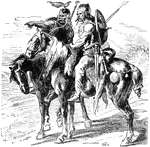
Gaulish Warriors
An image of two Gaulish warriors participating in a series of military campaigns against Julius Caesar.
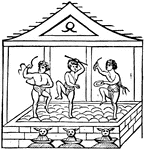
Winemaking
"Copied from the wall of a house in Pompeii, representing the vintagers treading grapes with their feet."…

